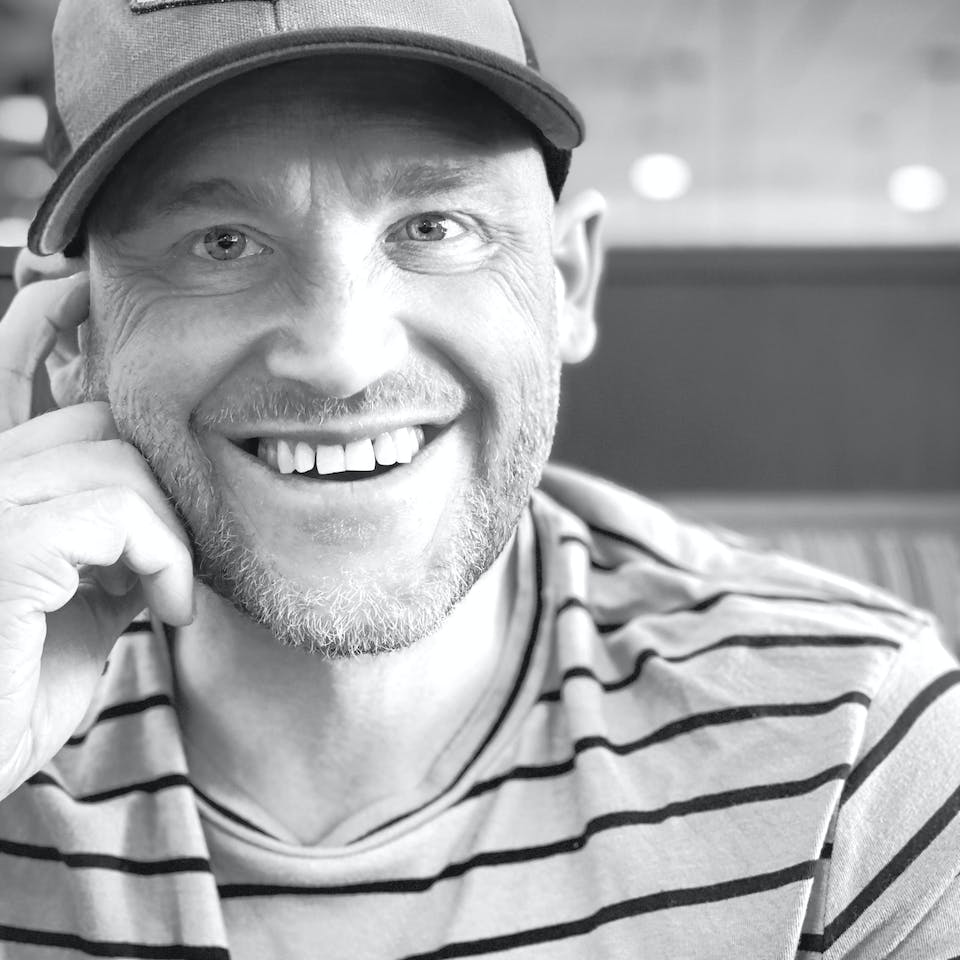Breaking Free from the Nice Guy Trap: Unpacking the Hidden Patterns of Attachment and Social Conditioning

Navigating the Emotional Roots of "Nice Guy Syndrome"
We all know someone like Jake. The guy who is always there for others, who never seems to say "no," who bends over backward to keep the peace. On the surface, Jake is a great friend, a supportive partner, and the kind of person you’d want on your team. But beneath that accommodating exterior, something else is happening—resentment, frustration, and an unspoken expectation that all his efforts should be reciprocated.
Jake’s story isn’t unique. It’s part of a deeply ingrained pattern of over—acquiescence, or more casually ’people pleasing’—that many men experience—what’s often referred to as "Nice Guy Syndrome." While not a formal clinical diagnosis, this term describes a set of subconscious behaviors stemming from early childhood attachment patterns, unprocessed emotional wounds, and societal conditioning that reinforce maladaptive coping mechanisms.
In this episode of The Light Inside, titled "Navigating Nice Guy Syndrome: Overcoming Emotional Dependency and Avoidance”, guest Jay Scott and I explore how these behaviors emerge, why they persist, and how to develop healthier, more authentic relationships. Listen to the full episode here .
The Origins of Nice Guy Syndrome: A Subconscious Survival Strategy
Jake’s tendency to please others didn’t appear out of nowhere—it was wired into him early in life. His childhood was shaped by anxious attachment and an underlying fear of rejection. His parents were inconsistent in their affection—sometimes warm and approving, other times distant or critical. Over time, Jake learned that approval was conditional: "If I do everything right, I will be loved."
This belief, known as a covert contract, is one of the defining features of Nice Guy Syndrome. Psychologist Dr. Robert Glover first described these covert contracts as unspoken social agreements where Nice Guys expect their kindness and self-sacrifice to be repaid with love, validation, or success .
Primary and Secondary Behavioral Patterns
Nice Guy behaviors are shaped by both primary and secondary subconscious patterns:
- Primary patterns are formed in early childhood and involve deep-seated beliefs about self-worth, relationships, and emotional expression. These often include abandonment trauma, exposure to overly critical caregivers, or an upbringing that discouraged emotional autonomy.
- Secondary patterns emerge later as coping mechanisms to maintain emotional security in relationships and social settings. These include people-pleasing, emotional suppression, avoidance of conflict, and chronic self-sacrifice.
The Role of Contextual and Situational Basis
Jake’s behavior isn’t just a personal quirk—it’s shaped by broader social and cultural forces. Society reinforces the idea that being "nice" is inherently good, but "nice" doesn’t always mean "healthy." Many men, particularly those raised in environments where emotional suppression was encouraged, adopt a passive, conflict-avoidant approach to relationships as a means of emotional survival .
Additionally, situational factors, such as workplace dynamics, relational power imbalances, and peer expectations, reinforce these behaviors. For example, in professional settings, men who exhibit assertiveness may be rewarded, while those who are overly agreeable may find themselves taken advantage of.
Subconscious and Unconscious Influences: Why Nice Guys Struggle to Change
Even when Jake recognizes that his patterns aren’t serving him, breaking free feels nearly impossible. Why? Because these behaviors operate at a subconscious level.
- Fear conditioning and hypervigilance: Early relational experiences create anticipatory anxiety, reinforcing people-pleasing as a way to avoid rejection.
- Emotional reinforcement: Every time Jake avoids conflict or suppresses his needs, his brain rewards him with a sense of safety, further ingraining the habit.
- Somatic influences: Chronic stress and emotional suppression dysregulate the autonomic nervous system, making it harder to develop emotional resilience and assertive communication.
Empirical Evidence on Emotional Suppression and Well-Being
Research supports the idea that emotional suppression—common among Nice Guys—increases physiological stress and negatively impacts mental well-being (Gross & John, 2003) . Additionally, trauma-informed studies suggest that unresolved childhood attachment issues can lead to chronic relational struggles (Van der Kolk, 2014) .
From Insecure Attachment to Empowered Connection: Transforming People-pleasing
Jake’s path to healing isn’t about becoming less nice—it’s about becoming more adaptive, open, and vulnerable—all while maintain healthy boundaries, personal volition and efficacy and a profound sense of agency.
Practical Steps for Growth
Identify and Challenge Covert Contracts
- Recognize where you expect unspoken reciprocity in relationships and start communicating your needs directly.
Develop Emotional Agility
- Instead of suppressing emotions, practice self-awareness and emotional expression in safe, healthy ways.
Expand Your Window of Tolerance
- Techniques like mindfulness, breathwork, and somatic therapy help regulate emotional responses and increase distress tolerance (Siegel, 1999).
Reframe Social Expectations
- Understand that kindness and assertiveness are not mutually exclusive—you can be both caring and confident without over-sacrificing your own needs.
Seek Secure Attachments
- Building relationships with people who value mutual respect and healthy boundaries fosters security and self-worth.
Final Thoughts: Redefining What It Means to Be "Good"
Nice Guy Syndrome isn’t about being too kind—it’s about acting from fear instead of being open and vulnerable. When we shift from seeking external validation to self-worth rooted in emotional adaptability, we foster healthier, more reciprocal relationships.
In The Light Inside episode "Navigating Nice Guy Syndrome: Overcoming Emotional Dependency and Avoidance", we take a deep dive into these subconscious dynamics and explore actionable ways to break free. Listen now.
In a breakthrough of self-awareness, the transformed "nice guy" replaces his old habits of people pleasing and avoidant coping with open self-expression, assertive boundary-setting, and the courage to be vulnerable, thereby cultivating genuine, balanced relationships and a deep sense of personal fulfillment.


